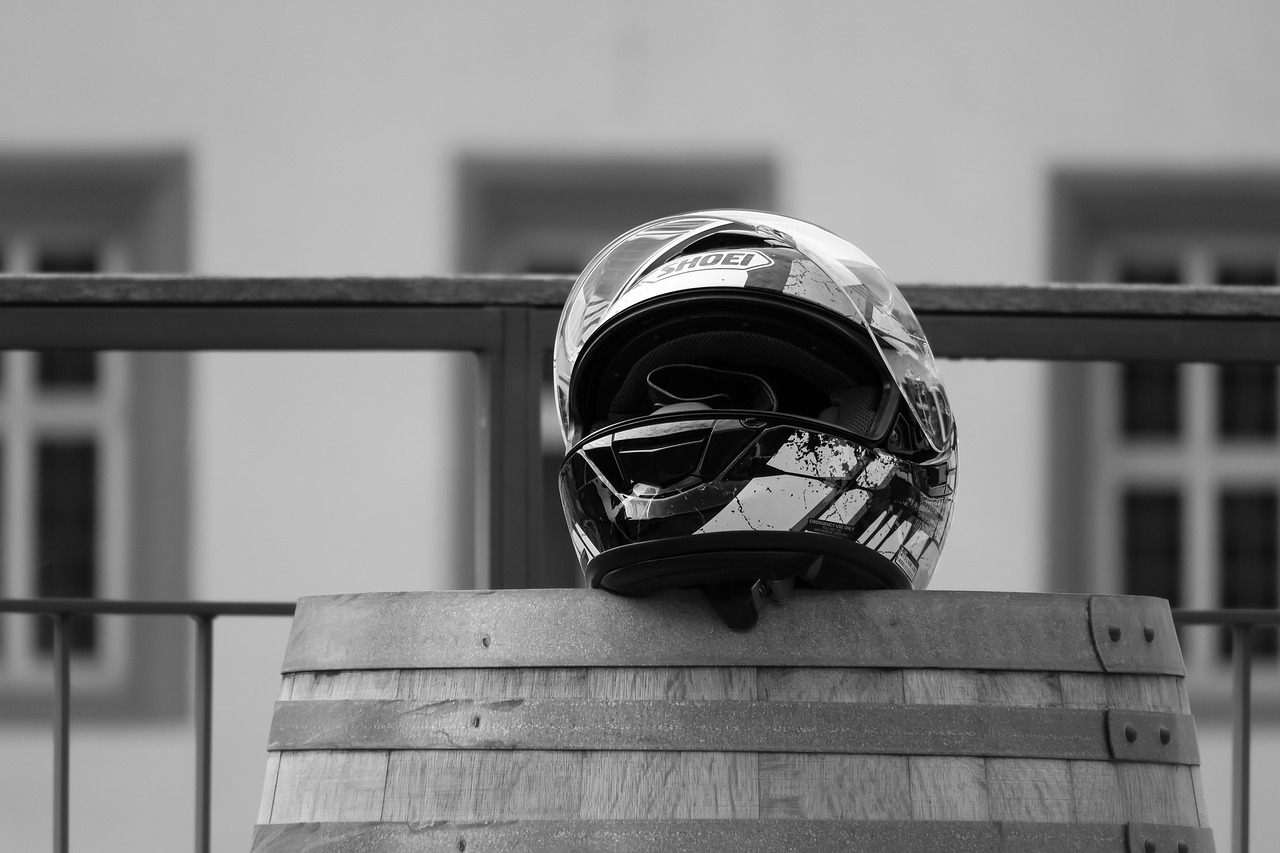Physical Address
304 North Cardinal St.
Dorchester Center, MA 02124
Physical Address
304 North Cardinal St.
Dorchester Center, MA 02124

Think of helmet vents as your built-in cooling system. They draw in cool air and flush out heat and sweat, setting up a steady breeze that keeps your head feeling fresh. And it’s more than just beating the heat—smart ventilation helps dry the padding quickly, so you get all-day comfort without lingering odour. Whether you ride with a full-face, modular, or open-face helmet, good ventilation changes everything.
Helmet airflow isn’t just random holes—it’s clever engineering. The best motorcycle helmets have vents placed strategically to guide cool air in and send hot air out, even on the hottest days.
As you move, air rushes through the front vents, glides over your head, and escapes out the back. The faster you go, the more cooling you get—it’s like riding with your head in a perfectly tuned wind tunnel. That’s why riders who value both speed and comfort always look for helmets with superior vent systems.
Here’s why proper motorcycle helmet ventilation is more than just a “nice-to-have.”
A helmet with excellent airflow is like opening a window in a stuffy room. On long summer rides, a well-ventilated helmet keeps you cool, alert, and comfortable.
Sweat builds up fast under a helmet, especially on hot days. Vents keep air moving through, drying out padding and preventing that sticky, soaked feeling. Some premium helmets even channel sweat away from your eyes—so you can focus on the road, not your sweat.
When your head isn’t roasting, you can stay focused on the ride. That’s what makes quiet helmets and good airflow such a powerful combo—comfort, clarity, and concentration all in one.
Not all helmets ventilate the same way, and that’s actually a good thing.
Fixed vents are always open and perfect for full-face helmets or intense rides like off-roading or summer touring when you need maximum airflow.
Want control? Adjustable vents let you fine-tune the airflow depending on your speed or the weather. They’re ideal for riders switching between city traffic and open roads.
Wondering which motorcycle helmet will help you beat the heat? Start here.
Road riders might prefer fewer, more aerodynamic helmets to cut drag. Adventure or mountain riders usually go for helmets with multiple vents for airflow and comfort.
Look for wide front vents, plenty of rear exhausts, and internal channels that move air efficiently. Many of the best motorcycle helmets feature advanced vent systems that boost both comfort and safety.
In short: it’s miserable. Poor ventilation can make your ride unbearable and even unsafe.
Without proper airflow, heat builds quickly. You tire faster, feel lightheaded, and risk heat exhaustion—especially in heavy full-face helmets.
Sweat, fog, and irritation become your constant companions. Even premium helmets can feel stuffy if the venting isn’t well-designed.
Whether you’re rocking a German-style, cat ear, or baseball hat motorcycle helmet, airflow matters. On those scorching rides, great ventilation turns a struggle into a smooth, enjoyable journey.
Keep your helmet vents clean, check the padding, and make sure your fit is perfect. The right motorcycle helmet ventilation system keeps you cooler, safer, and more focused—ride after ride.
Go chase that wind. Your skin, your comfort, and your ride will thank you for it.